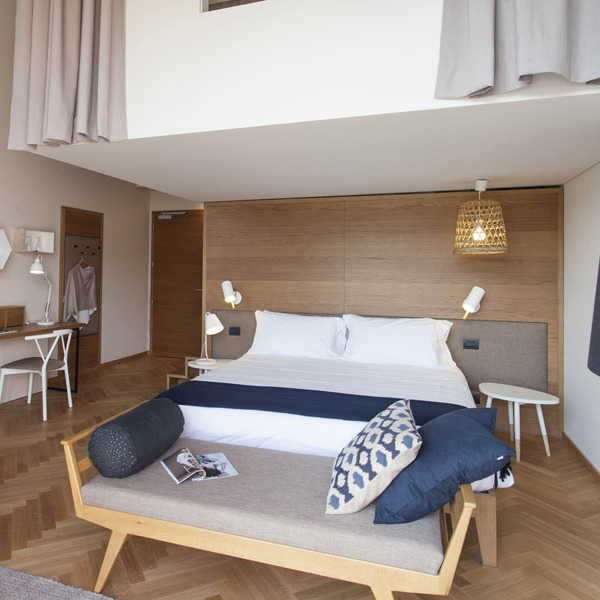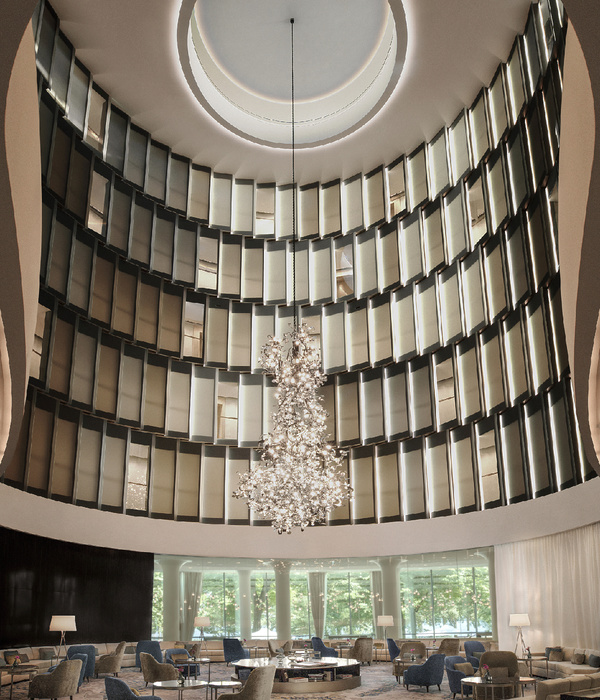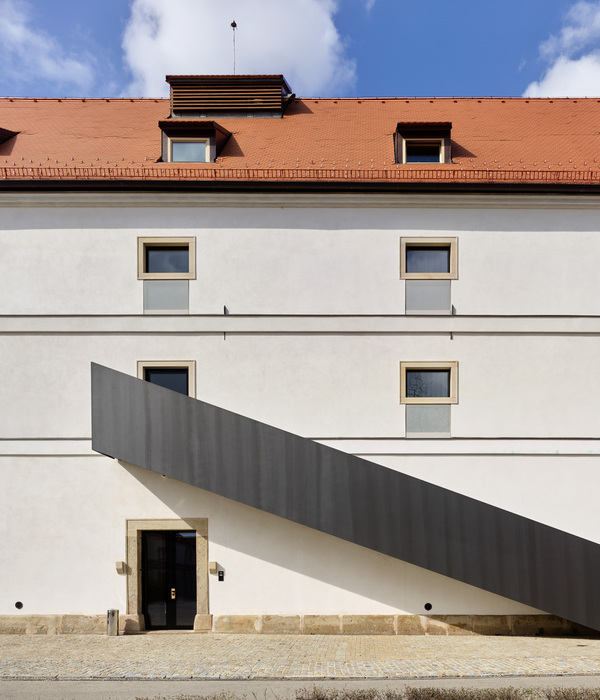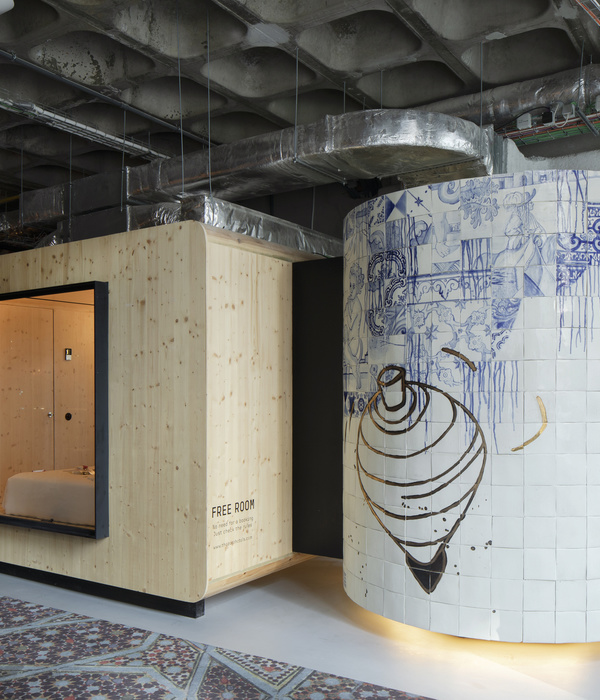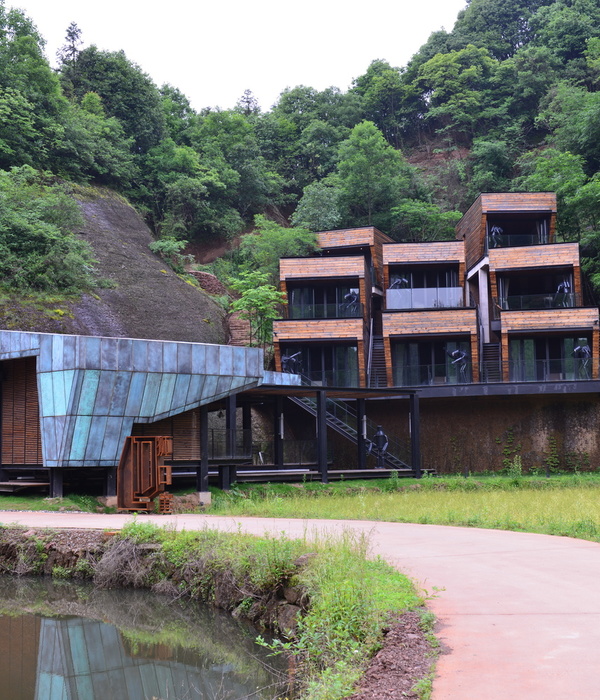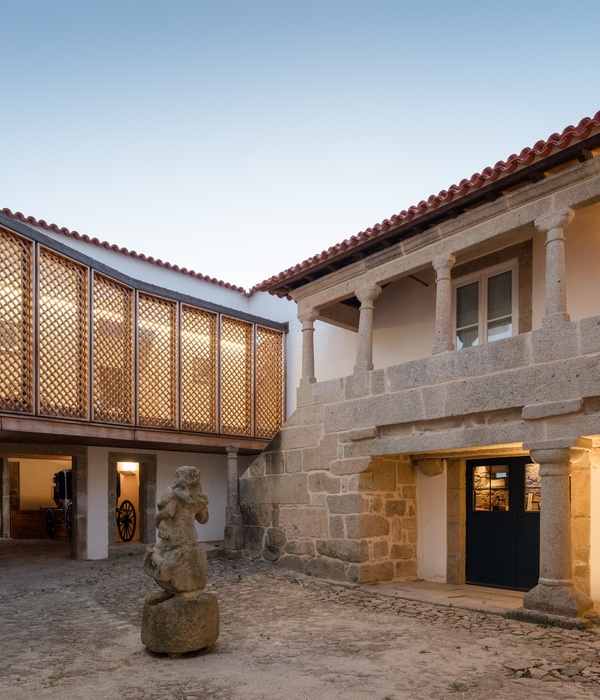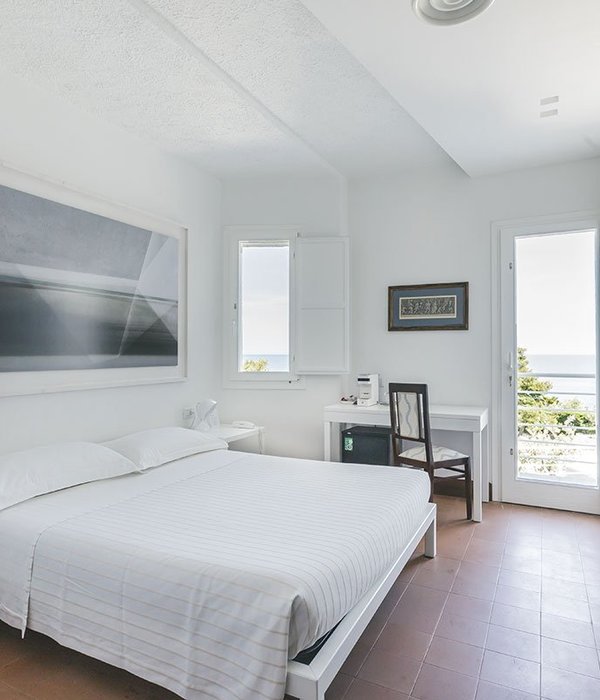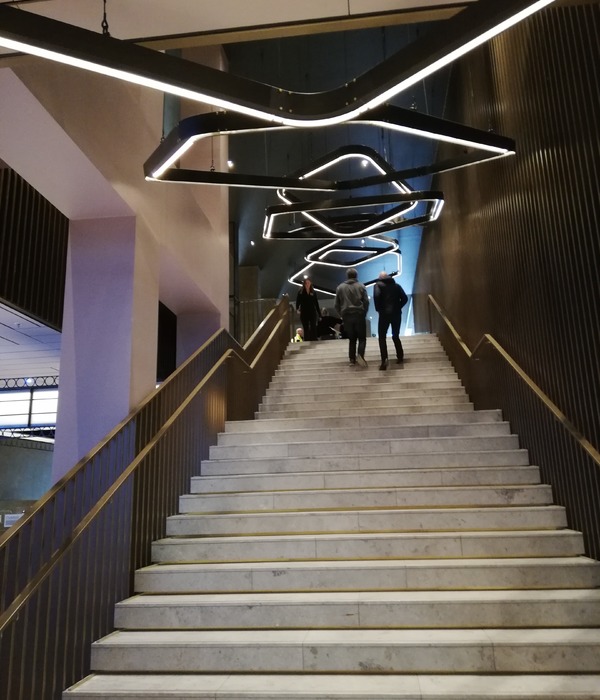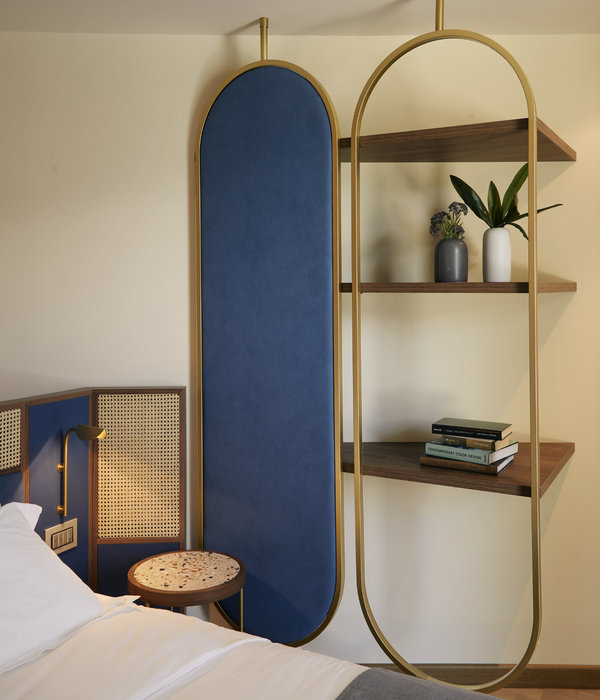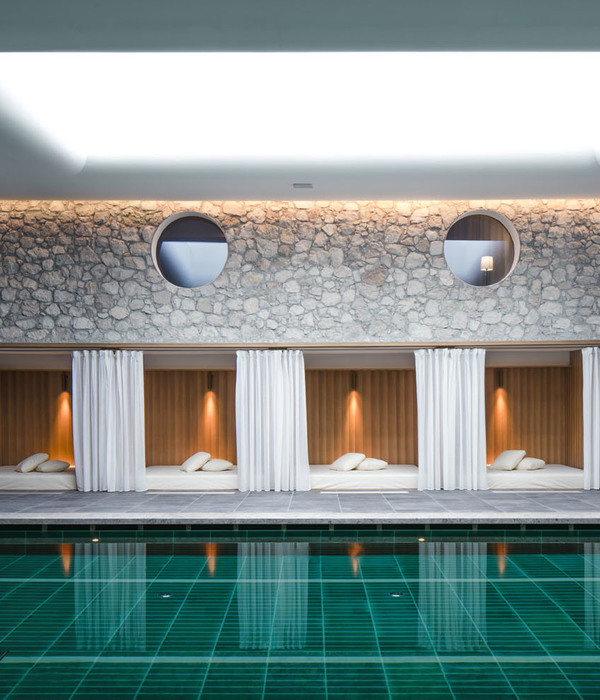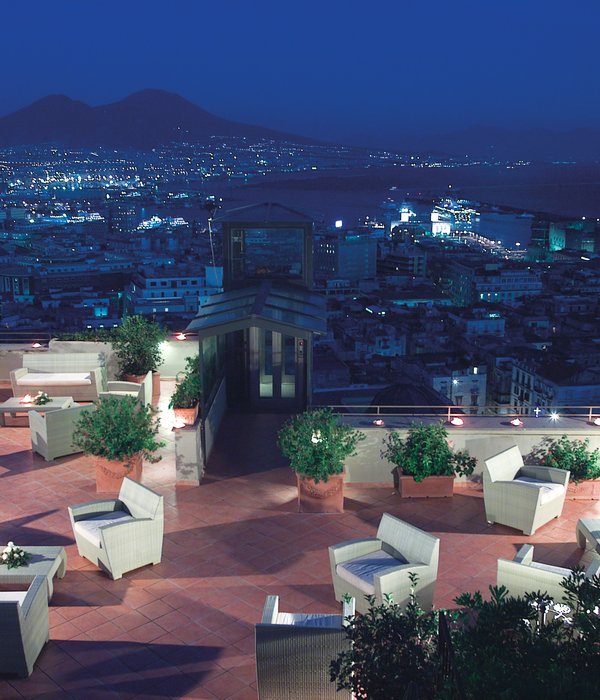Architects:Francisco Mangado
Photographs :Juan Rodríguez
Manufacturers : BANDALUX, Parklex Prodema, Sika, Otis, Composites Gurea, Grúas Pol, Hilti, Humiclima, Industrias Laguna Belvis, Mairata, Mavida Elements, Naumetal, Puertas Paver, Sucomaga, TroxBANDALUX
Project Manager : Francisco Mangado
Collaborator Architects : Idoia Alonso Barberena, Antonio Aller, Maria João Costa, Almudena Fiestas, Ana Muñiz. João Gois, Sergio Rio Tinto, Edurne Pradera, Isabel Oyaga, Sofia Cacchione, Itziar Etayo, Aintzane Gazteiu-Iturri, Andreas Bovin, Richard Královic, Maria Manero, Wojciech Sumlet, Cesar Martín. arqs.
Structural Engineering : NB 35 S.L., ing.
Instalations Engineering : Francisco Mangado
Acoustics Engineering : Higini Arau, ing
Rigger : Pedro Legarreta
Contractor : Acciona Construcción S.A.
Woodworking : Blasco Construcciones en Madera, S.L.
Steelworking : Callfer, S.A.
Civil Engineering : Nechi Ingenieria
Client : Palau de Congressos de Palma de Mallorca
Project Years : 2006-2007
Congress Palace And Parking's Area : 37.000 m²
Hotel's Area : 17.700 m²
City : Palma
Country : Spain
The project rests on the idea that to work on a lot that is rich and suggestive in its being difficult, such as the one we have here, is to draw up a new urban ‘outline’ for the city. The irregular geometry of the narrow and elongated lot, forming a seafront of nearly 350 meters, refers more to the idea of an urban boundary of huge dimensions that must accommodate a major project with a complex and diverse program.
The building looks toward the sea, and this seaward looking is summed up in a thick facade—five meters wide and erected with techniques of naval engineering—that besides keeping out direct sunlight contains the stairs and other elements connecting the different spaces and programs. As you go up the stairs, you see the sea through huge glass panes.
This facade is like a town wall with a path, dense but also open, and in its thickness, through ambiguous spaces that cannot definitively be considered interior or exterior, it is confused with the promenade itself.
The ‘alter ego’ is the north facade, whose thickness is formed by the building’s more ‘server’ spaces. The result is a comb-shaped double scheme: in functional terms, public to the south and private to the north.
Inside, different congress and exhibition halls follow one another. These are large but volumetrically expressive spaces, with voids around them that have hanging platforms and catwalks for looking out to the exterior.
On the raised floor, connected to the hotel by a footbridge that serves to unify the complex, are the more everyday uses, the smaller convention rooms, and restaurants, along with a large terrace that, viewed in perspective, can be taken to be a prolongation of the sea.
▼项目更多图片
{{item.text_origin}}

